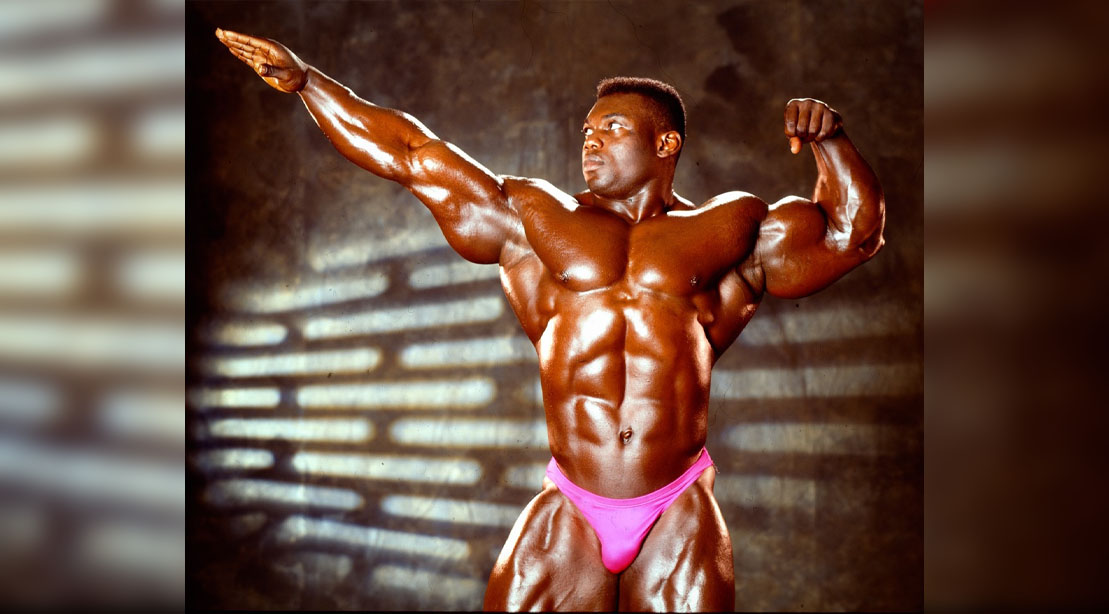[ad_1]
After a bogus news item was published reporting that the very-much-alive author Mark Twain had passed away, Twain responded with the quote “The reports of my death have been greatly exaggerated.” Something similar happened recently involving bodybuilding legend, Victor Richards. When his death was announced recently, he quickly responded to inform his fans this was not true.
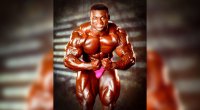
Victor Richards has always been a source of interest and controversy in the bodybuilding world. We have become accustomed to competitors weighing 300 pounds or more, but when Richards came along in the 1980s this was not the case. His full, shapely and massive physique impacted the sport the way Sergio Oliva had in the 1960s. As the saying goes, he looked almost like a different species.
Victor Richards took second place at the 1982 American Cup and in 1983 he won the Teen Los Angeles title. In 1984, he placed first at the California Gold Cup Classic, which earned him some recognition in the magazines of that time. He wouldn’t compete again for five years. In 1989, he re-emerged to win the title of Mr. Barbados, and then he stopped competing again. Richards’ second competitive resurrection took place in 1992 at the Nigerian Championships. He won the show and earned his pro card.
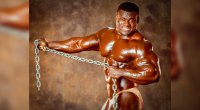
Victor Richards certainly looked as if he was on his way to the Mr. Olympia title. Why he didn’t continue in the sport has never really been explained. One reason could involve that Richards was quoted several times as being opposed to the strategies competitive bodybuilders used to get “ripped” for contests. Up until the late 1970s, top bodybuilders, with only a few exceptions, were usually big, full, and shapely on stage. Defined muscle was not a priority, much less having striations or even cross-striations. So, the competition diet prior to the ’70s was not that strenuous, certainly rarely extremely dangerous or unhealthy.
Starting in the 90s, we saw bodybuilders using extreme dieting to get rid of a maximum of body fat plus techniques to eliminate as much subcutaneous water as possible. Victor spoke up against the extreme protocols that focused on being ripped. Every photo I have taken of him or seen has him big and shapely but not ripped – more along the lines of the competitors from the 1970s than those of the present day. But in the bodybuilding world of the 1990s to the present, you can’t win a major pro show without a lot of detail and definition. Big and smooth, however impressive, doesn’t win titles. So, it seems plausible that an unwillingness to go to the extremes necessary to win on the pro stage helped discourage Victor Richards from continuing to compete.
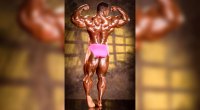
The fact remains, few in bodybuilding have shown up with genetics to match those of Victor Richards. No matter how hard or expert your training is, your body has to be programmed very specifically to develop things like 22-inch arms, 35-inch quads, or other extreme dimensions – to say nothing of the right kind of muscle shape and symmetrical proportions.
So, we are all glad that the reports of Victor’s death were greatly exaggerated. His fans wish him well, we all wonder how the history of bodybuilding might have been different had he decided to continue to compete as a pro and do whatever was necessary to produce a physique contest-ready for the modern era.
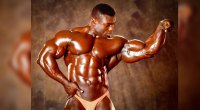


[ad_2]
Source link

